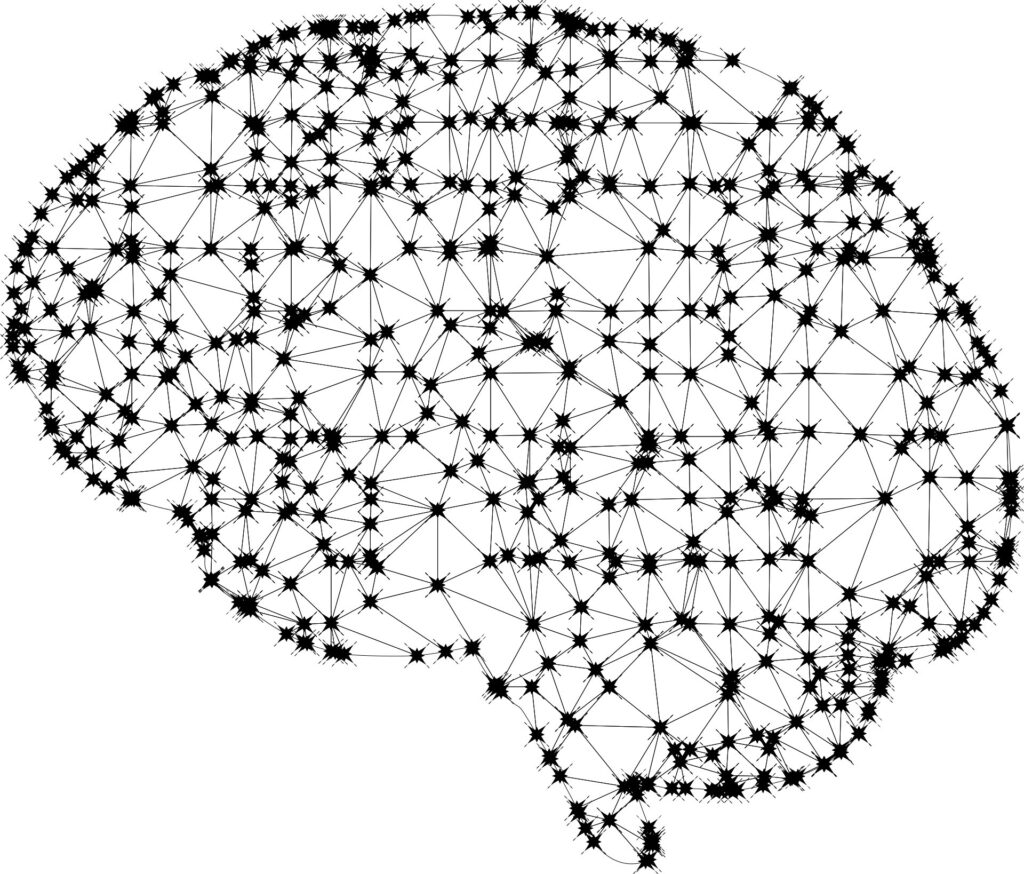This pandemic is providing routes for machine learning (artificial intelligence) to expand its presence in emergency medicine, radiology, and critical care. You may have read some of our earlier coverage regarding the rise of artificial intelligence in medicine. This has not slowed in the current coronavirus climate. In fact, it has provided new collections of data to study. The real benefit of this data collection is a long way from being determined, but this pandemic is generating a lot of investment in AI.
With some emergency room sand ICUs overwhelmed with COVID patients, there is a lot of pressure to develop triaging guidelines. Researchers are gathering data from thousands of hospital admissions to find common patterns that help will help guide treatment decisions. Some of these researchers are focusing on the results of lung imaging in the hope of finding abnormalities that will help guide clinicians.
The pandemic is causing this research to move at an accelerated pace, but its efficacy is little understood at this still early stage. We have already seen a number of published papers retracted as the data receives closer scrutiny. So, while data is being generated at a torrid pace, clinicians appear to be wading cautiously into what guidance it generates.
Clinicians note that AI in COVID-19 care is not making determinations in patient care, it is more of a “conversation starter.” That is, it is assisting clinicians who are ultimately making the decisions on the best course of treatment for each patient. And even if it is not being used to treat emergency patients, its greatest benefit may be in developing a risk scoring model to identify patients with increased susceptibility to the disease. One hospital in San Diego has been using this to reach out to patients to schedule appointments, rather than waiting for them to arrive at the hospital.
This crisis is providing an opportunity for the various investors and researchers in AI to refine their algorithms related to chest imaging in particular. The significance of the patterns these systems identify will continue to evolve as the disease progresses and the patient population grows. It is still too early to evaluate what the long-term benefits are for patient care.




